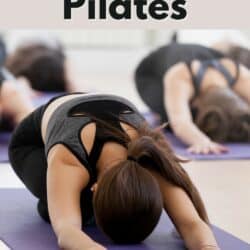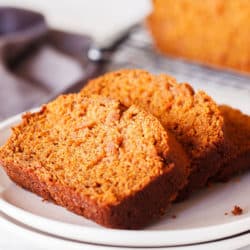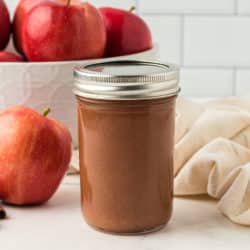7+ Different Types of Pilates
Pilates is a low-impact type of exercise that has numerous health benefits. In this article, I’ll share 7 of the different types of pilates and how to choose which one is right for you.
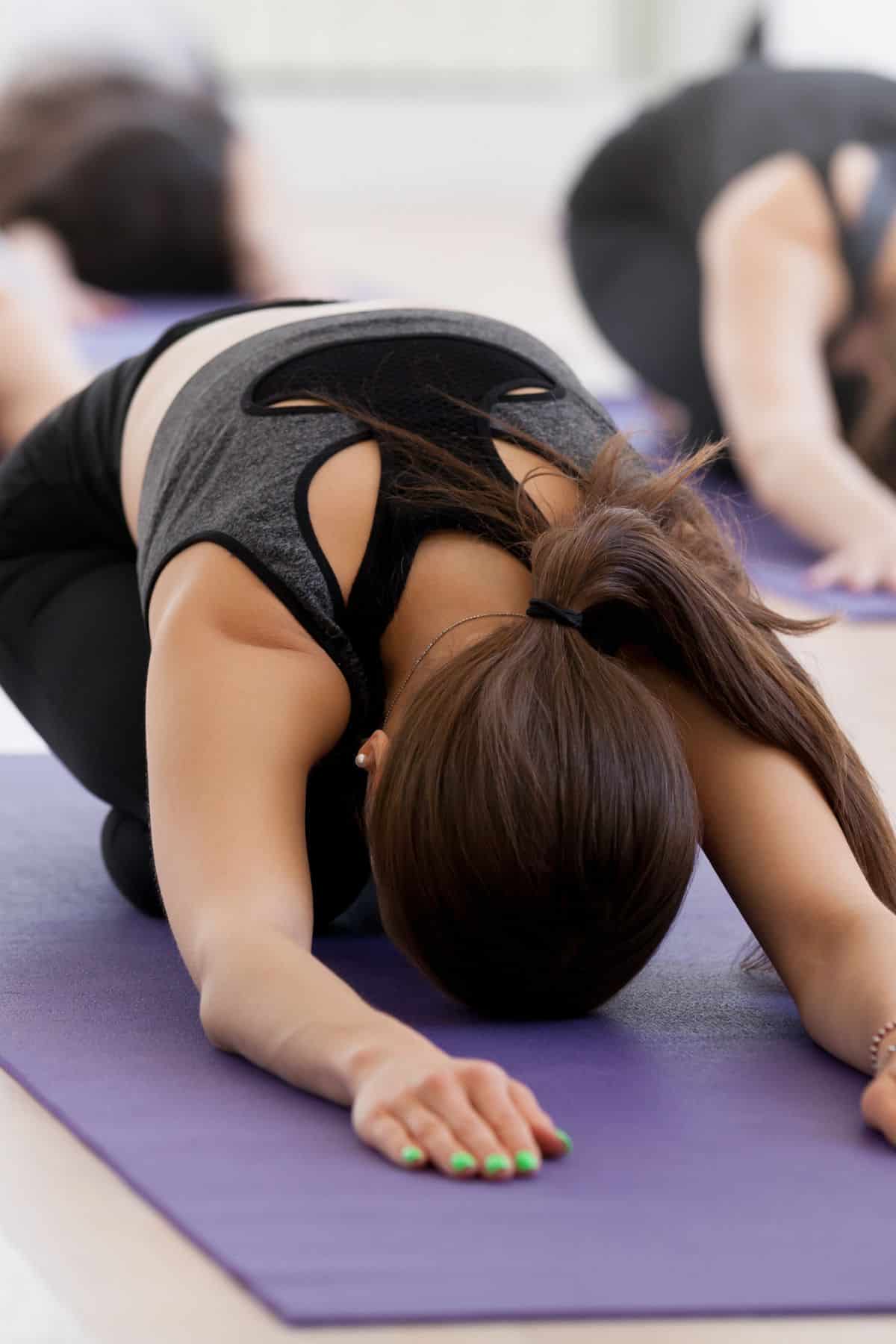
Overview of Pilates
Pilates is a type of physical fitness or exercise that focuses on improving strength, flexibility, balance, and body awareness. A pilates workout might involve different props or devices, and it usually has a focus on core strength and maintaining flexility for the entire body.
There are various styles and types of pilates, with some being more traditional based on the original teachings of Joseph Pilates, and others being modern adaptations.
Generally speaking, pilates can be broken down into reformer pilates and mat pilates. You’ll most often see mat pilates offered at standard gyms, with reformer pilates offers at pilates studios.
Pilates can be a great exercise for people with chronic disease; it’s on my list of exercises for autoimmune disease.
Types of Pilates
Here are seven types of Pilates so you can decide which type will work best for you! I personally use the Mat Pilates and Reformer Pilates to help me stay fit. I do most of my pilates work at home and I really love it.
1. Classical Pilates
Also known as Traditional Pilates, this form stays true to the original system developed by Joseph Pilates.
It includes a specific set of exercises performed in a particular order and emphasizes control, precision, and flowing movement.
2. Mat Pilates
This type focuses on performing exercises on a mat, using one’s own body weight for resistance.
It’s one of the most widely practiced forms and is a great introduction to pilates as it requires little to no equipment except a flat floor space.
Mat Pilates can actually be quite challenging! Just look up “mat pilates workout” on YouTube to check out some of the options.
3. Reformer Pilates
This type of pilates most often offered at a formal pilates studio utilizes the Pilates Reformer, a piece of equipment that comprises a sliding carriage equipped with springs, ropes, and pulleys.
Reformer Pilates isn’t necessarily harder than other types, but it often requires the help of an instructor.
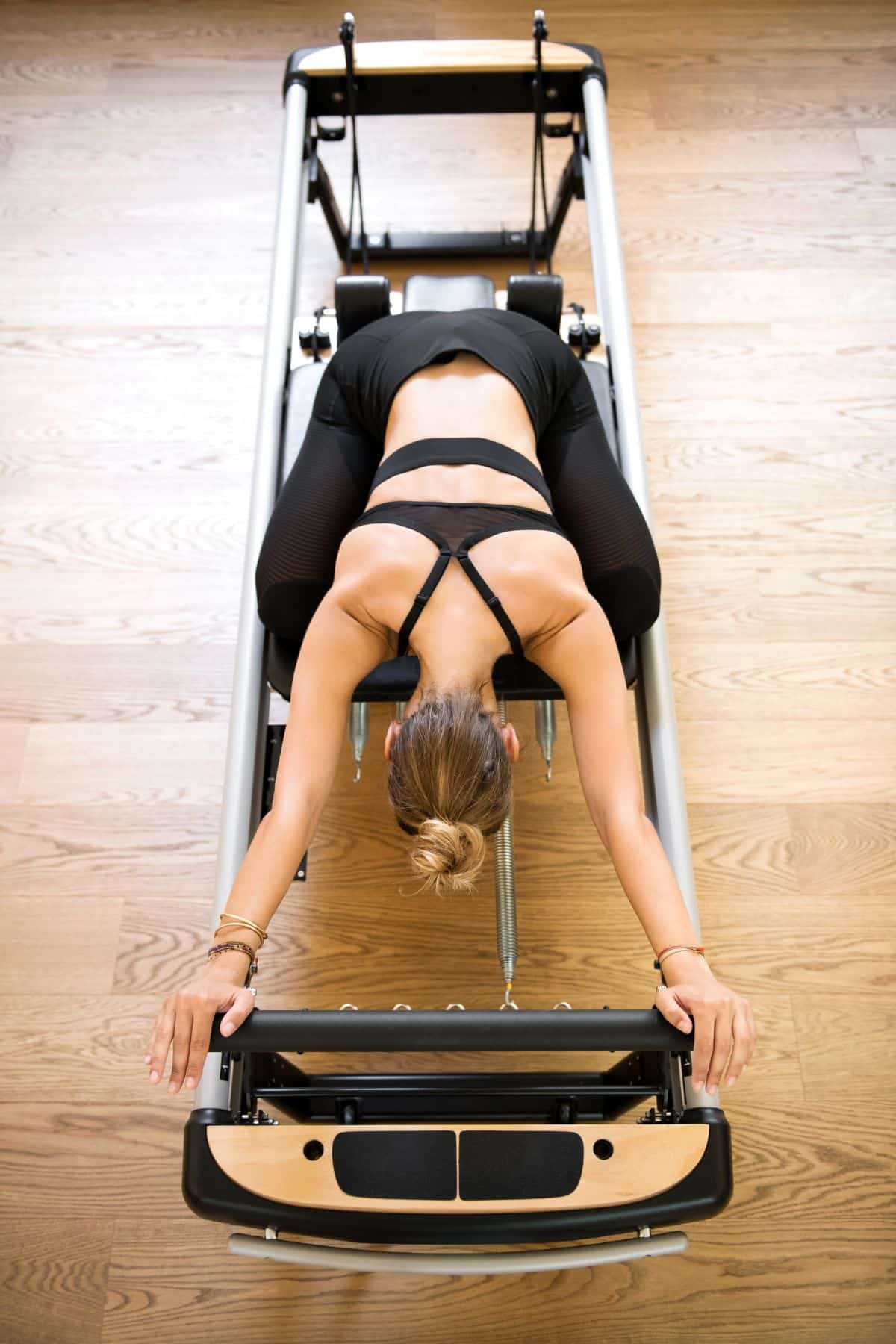
4. Stott Pilates
This is a contemporary approach to the original exercise method.
Stott Pilates incorporates modern principles of exercise science and spinal rehabilitation, with a focus on natural spine curvature, joint stabilization, and scapular movement.
5. Winsor Pilates
Developed by Mari Winsor, this type is a more dynamic and fitness-oriented approach to pilates.
It emphasizes sculpting and toning the body, and is known for the “Winsor Pilates 20 Minute Workout.”
6. Fletcher Pilates
Developed by Ron Fletcher, a student of Joseph Pilates, this style combines the traditional pilates method with elements of dance, particularly from Martha Graham’s technique.
It includes the use of special props such as the Fletcher Towel, Fletcher Braided Towel, and Fletcher Magic Circle.
7. Pilates with Props
This type involves incorporating additional equipment and props like magic circles, foam rollers, resistance bands, and balls into the workout.
The use of props can add variety, challenge, and support to traditional pilates exercises.
Besides these, there are also hybrid forms of pilates such as Yogilates (a blend of Yoga and Pilates) and Barre Pilates (a combination of ballet barre work with pilates).
Each style of Pilates offers different benefits and challenges, and the best type for an individual can depend on their goals, fitness level, and personal preferences.
Potential Benefits of Pilates
Pilates offers a range of potential health benefits for both the body and mind.
Here are some of the primary benefits of various forms of pilates supported by research.
1. Improved Flexibility
Regular pilates practice can help increase your flexibility by stretching the muscles and improving the range of motion in your joints.
Most pilates instructors are highly trained and know how to instruct participants during a pilates workout on how to reduce joint pain and protect the joints.
2. Increased Muscle Strength and Tone
Pilates exercises often target the core muscles but also work other muscle groups, leading to increased strength and more toned muscles.
In general, it is a low-impact workout but it can absolutely increase strength in different ways. The original method was partially designed in the early 20th century to help ballet dancers who were bedridden from back injuries to recover their strength.
3. Better Posture
Pilates emphasizes proper alignment and strengthening of the postural muscles, which can lead to improved posture.
This can be a result of pelvic floor work, upper body work, and overall strengthening the abdominal muscles.
4. Enhanced Balance and Coordination
Many pilates exercises require balance and coordination, which can be particularly beneficial for older adults in reducing the risk of falls.
I know plenty of 80-year olds who take pilates classes regularly as their main form of exercise and who have incredible fitness levels!
5. Reduced Back Pain
By strengthening the core and improving posture, pilates can be effective in alleviating and preventing chronic pain like back pain.
Some pilates studios or instructors may even specialize in more physical therapy type work during pilates classes.
6. Stress Reduction
The focused, mindful movements of pilates can have a calming effect on the mind, helping to reduce stress and anxiety.
It’s can be one of the gentlest forms of exercise which makes it accessible to people who are trying to reduce stress.
7. Increased Body Awareness
Pilates encourages you to focus on your breath, body movements, and alignment, which can lead to better body awareness and more graceful movement.
It’s important to note that while there is scientific support for many of these benefits, individual experiences can vary, and it is always good to consult with a healthcare provider before starting a new exercise program, especially if you have any pre-existing health condition.
FAQs
If you’re just starting out, you might try mat pilates just to see if you like it. If you are recovering from an injury, you might visit a local pilates studio and speak to the owner or one of the instructors to see if reformer pilates will work better for you. Each pilates studio will have a different style of pilates, so you’ll also need to figure out which one works best for your needs. Many pilates studios offer a free or discounted first class experience so you can test it out before purchasing a membership or multiple classes.
Yes! I have linked just a few of the scientific studies linked to the benefits of pilates in the article above.
My Experience
I first started doing Mat Pilates at a local gym. I found it to be quite challenging and a great workout. Then, several years later, I tried Reformer Pilates at a local studio. I was hooked after the first class!
I was incredibly sore when I first started Reformer Pilates, but I noticed improvements in my core strength after just a few weeks of doing it consistently.
During the pandemic, I stopped going to the studio and I really started to miss the workouts. I recently purchased my own reformer for home use, and I am having a lot of fun getting my strength back. As someone who suffers from chronic illness, I find pilates to be a great way to get movement without too much stress.
New to Eating Clean? Check Out These Resources!
Conclusions
Pilates is a versatile exercise method with various types, such as Mat and Reformer, which might use specific equipment. This workout not only boosts flexibility and muscle strength but also improves posture. Additionally, it enhances balance and provides a sense of relaxation to combat stress.
Don’t forget to join my newsletter list to get exclusive clean eating recipes and tips. The newsletter is 100% free with no spam; unsubscribe anytime.
About the Author: Carrie Forrest has a master’s degree in public health with a specialty in nutrition and is studying to be a holistic nutritionist. She is a top wellness and food blogger with over 5 million annual visitors to her site. Carrie has an incredible story of recovery from chronic illness and is passionate about helping other women transform their health. Send her a message through her contact form.
Note: this post is for informational purposes only and is not intended as medical advice. Please consult your healthcare provider for recommendations related to your individual situation.


